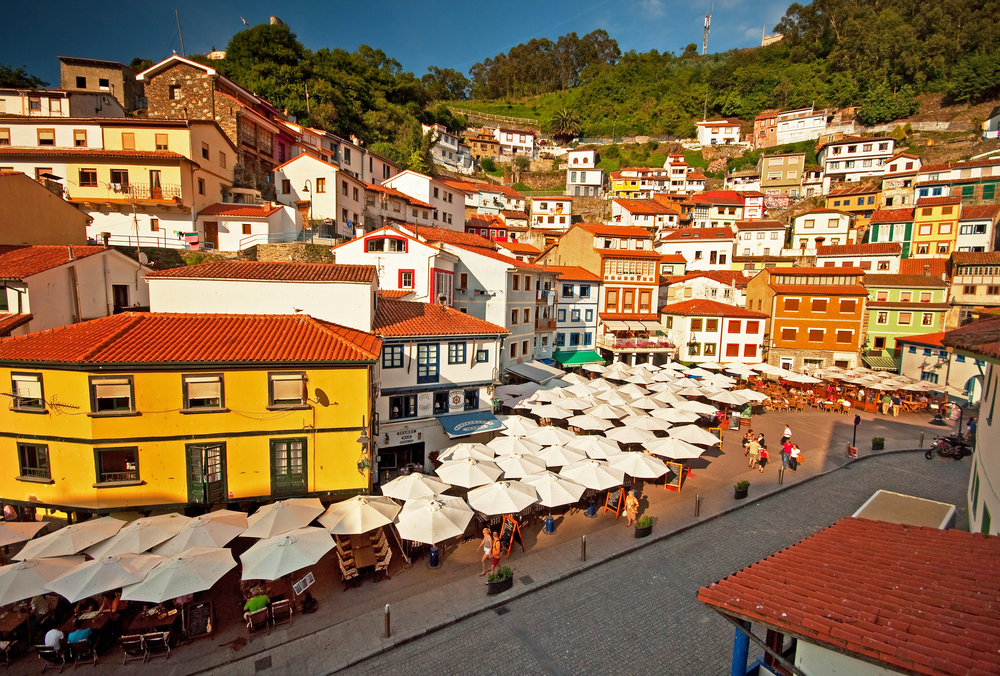Discover Three Historic Quarters of Nice

October 16, 2017
In this blog we discover three historic quarters of Nice.
Quartier Du Paillon
The once fast-flowing and often dangerously high River Paillon was canalized in the 1830’s and began to vanish under the pavements. It now trickles below Nice’s showcase gardens – lush Jardins Albert 1er, fountain-filled éspace Masséna, leafy Général Lecleric and the hanging gardens of the promenade du Paillon.
The Paillon district’s main focal point is place Messéna, a stately 19th century square featuring red-ochre buildings built across the path of the river. Many important streets fan out from the square, notably avenue Jean Médecin and rue Masséna. A balustraded terrace and steps to the south lead to the old town of Nice.
To the north, the covered course of the river provided space for several grand civic projects built during the last 25 years: a row of cultural complexes including the state-of-the-art MAMAC building, the Théâtre National de Nice and the Acropolis convention centre, an eyesore of concrete slabs and smoked glass.
Quartier du Port
For centuries there was no port at Nice. Local boats simply moored in the lee of the castle rock while larger ships anchored in Villefranche Harbour. It was only in 1750 that Charles-Emmanuel III, Duke of Savoy, saw the potential trading benefits, and excavated a deep-water port at the mouth of the Lympia River.
Today Lympia port is busy with craft of all kinds, from tiny traditional fishing barques to car ferries from Corsica. It is flanked by striking red-ochre, 18th century buildings and the neo-classical church of Notre-Dame-du-Port. It is best approached via a windy headland, aptly named quai Rauba-Capéu (‘hat-thief’), past a colossal monument commemorating the 4,000 Niçoise who died during World War 1. On a hill to the east, the Musée de Terra Amata, built on the site of an excavated fossil beach, documents prehistoric life in the region.
Vieille Ville
The best way to discover Nice is to get lost in the tangle of dark, narrow streets of the Vieille Ville (Old Town), festooned with flowers and laundry and brimming with cafés, hidden squares and bustling markets. Dismissed as a dangerous slum in the 1970s, this is now the trendiest and most scenic part of Nice, with its stylish Italiante buildings painted in sunny terracotta reds with cool green shutters.
In the back streets, designer boutiques, galleries and intimate Nissart restaurants rub shoulders with no-nonsense workers’ cafés and run-of-the-mill stores catering for the daily needs of the locals. The rue du Marché, rue de la Boucherie, rue du Collet and rue Pairolière have the atmosphere of a covered market, lined with photogenic food stalls. For early risers, a visit to the pungent fish market on place St-François is an interesting experience.
The old town’s heart beats loudest at the cours Saleya. Lively both day and night, with its enticing daily market, al fresco restaurants, cafés and clubs, it also contains some striking architecture, including the Église de l’Annonciation, one of the oldest churches in Nice, and the Chappelle de la Miséricode, with its Piedmontese baroque façade and flamboyant rococo interior.
Nearby are several quirky art galleries including the Galerie de la Marine and the vaulted Galerie des Ponchettes, which was formerly used as the arsenal for the Sardinian navy then as a fish market until Matisse persuaded the local authorities to renovate it in 1950. Both stage temporary exhibitions.
Richard Reeves is the founder of Essential Sailing and if you have been inspired to relax on a luxury sailing holiday, why not make this idyllic world your reality.
 For access to our special deals, discounts and promotions, please complete the form opposite; and, when you book your holiday, we will fit you out with our FREE Essential Sailing designer sailing jacket.
For access to our special deals, discounts and promotions, please complete the form opposite; and, when you book your holiday, we will fit you out with our FREE Essential Sailing designer sailing jacket.
